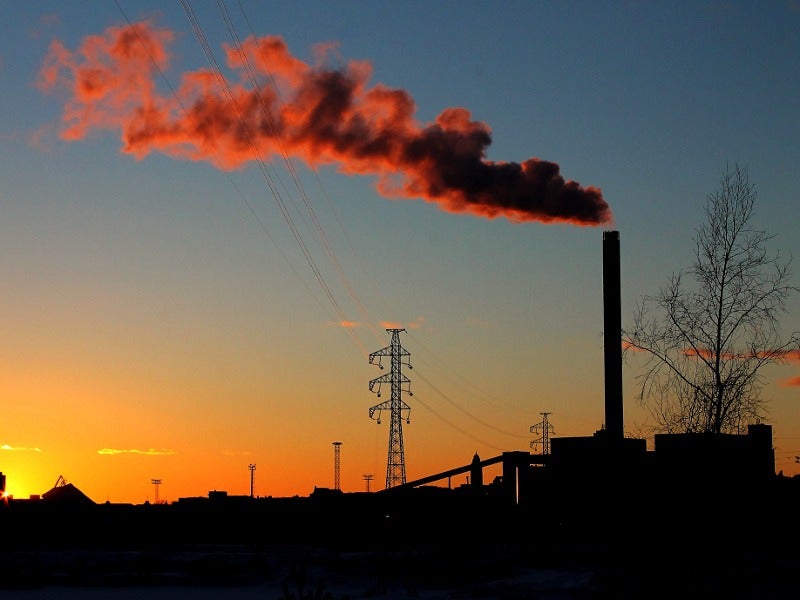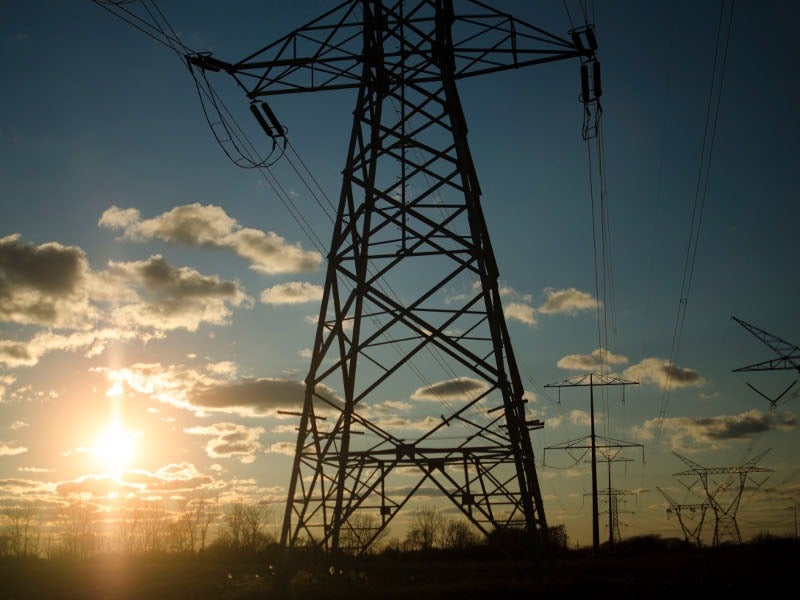Patratu super thermal power project (PSTPP) is an expansion of the existing 840MW Patratu thermal power station (PTPS) located in Jharkhand, India.
The expansion project is being developed by Patratu Vidyut Utpadan Nigam (PVUNL), a joint venture (JV) company established by National Thermal Power Corporation (NTPC, 74%) and Jharkhand State Electricity Board (JBVNL, 26%).
The project will expand the capacity of the existing power plant by 4GW over two phases. The first phase will add 2.4GW of capacity, while the second phase will add 1.6GW.
Ground-breaking for the construction of the first phase of the expansion was held in May 2018. The construction is expected to be completed by 2022. The estimated investment on the project is Rs186.68bn ($2.6bn).
Patratu super thermal power project background
The existing Patratu thermal power station located in Ramgarh district comprises six Russian units that are approximately four-decade-old and four Bharat Heavy Electricals (BHEL)-made units of three-decade-old, which have been derated to 770MW.
Three of the existing units with a combined capacity of 325MW will be refurbished, while the remaining seven units will be replaced with new units to increase the power generating capacity.
PVUNL was set up in July 2015 to refurbish and expand the existing power plant. The Union Ministry of Environment granted environmental clearance for the project in November 2017.
The expansion project will occupy 1,234 acres land within the total 1,859-acre site.
Patratu super thermal power project make-up
The coal-fired Patratu super thermal power plant will comprise five 800MW super-critical coal-fired steam turbine generating units, three of which will be installed during the first phase, while the remaining two units will be installed under the second phase.
The steam turbines are classified as single-reheat, tandem compound, regenerative, and condensing. Each turbine has a steam temperature of 600oC and a steam pressure of 270kg/cm².
The plant will also feature stator water/hydrogen-cooled, three-phase, horizontal-mounted generators with a terminal voltage ranging between 18kV and 27kV and a frequency of 50Hz. Both the turbines and generators will have a rotor speed of 3,000rpm.
Gas-insulated switchgears, with capacity ranging between 400kV and 765kV, will also be constructed for the power plant.
Other facilities to be built at the project will include fuel oil handling and storage area, coal stock yard, water treatment plant, air/water-cooled condensers with cooling towers, effluent treatment plant, ash handling plant, and electrostatic precipitators with chimney.
Coal and water supply
The coal requirement for the first phase of the power plant is estimated to be approximately 12 million tons per annum (Mtpa), which will be supplied from the Banhardih captive coal block located 60km from the plant.
The coal will be supplied via an existing railway siding operated by Indian Railways.
The total water requirement for the first phase will be approximately 27 cusecs considering air-cooled condenser or 72 cusecs when using water-cooled condenser.
The water will be sourced from Patratu reservoir built on Nalkari River, which is located 1.5km away from the project site.
Power transmission
Majority (85%) of the electricity produced from the Patratu super thermal power project will be supplied to the state grid of Jharkhand to ensure sustainable development of the state.
Contractors involved
PVUNL awarded the engineering, procurement, and construction contract (EPC) contract worth Rs11.7bn ($1.6bn) to BHEL for the first phase of the project in March 2018.
BHEL awarded a $52m subcontract to GE Power in July 2018 for the supply of the boiler equipment for the Patratu super thermal power plant.




